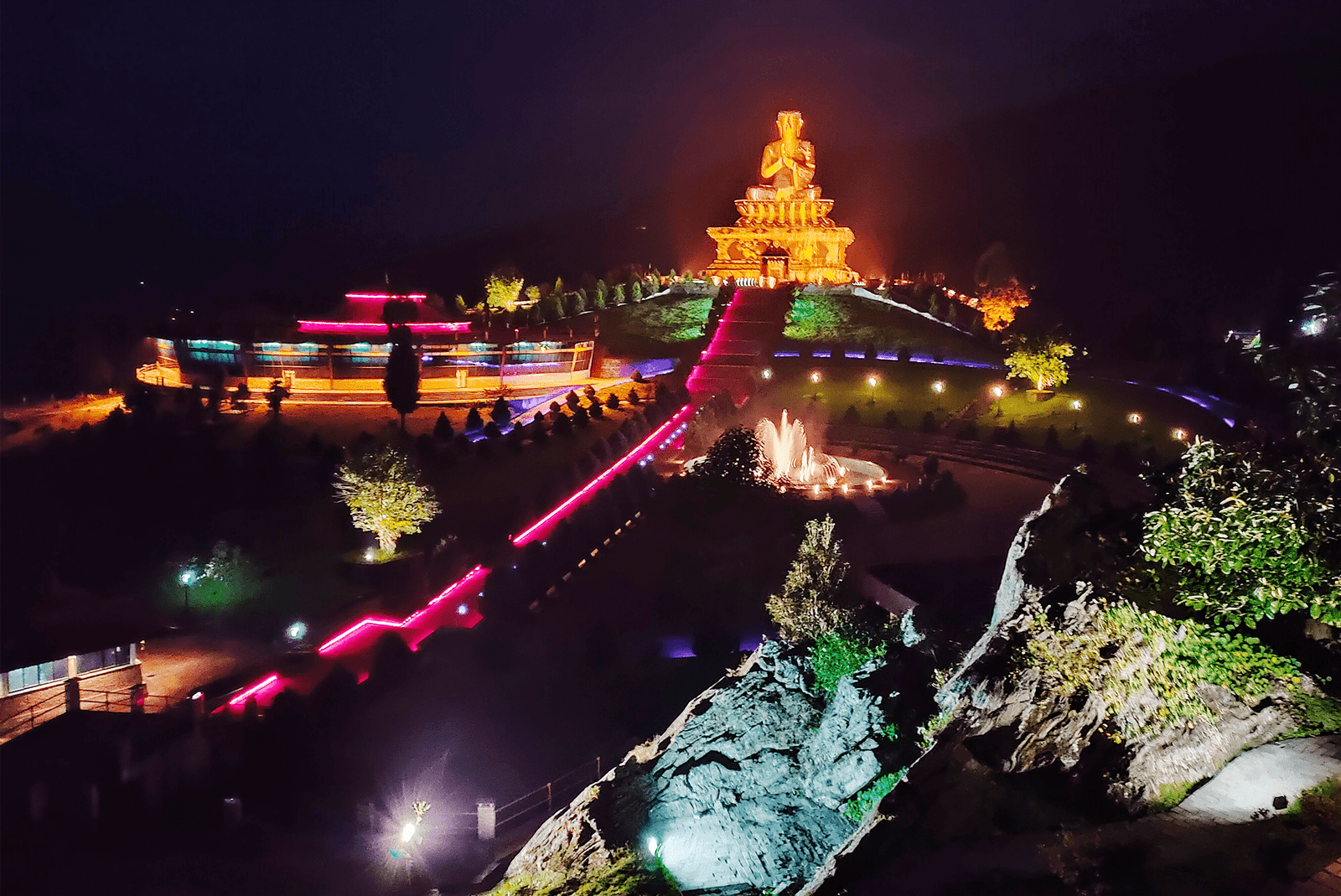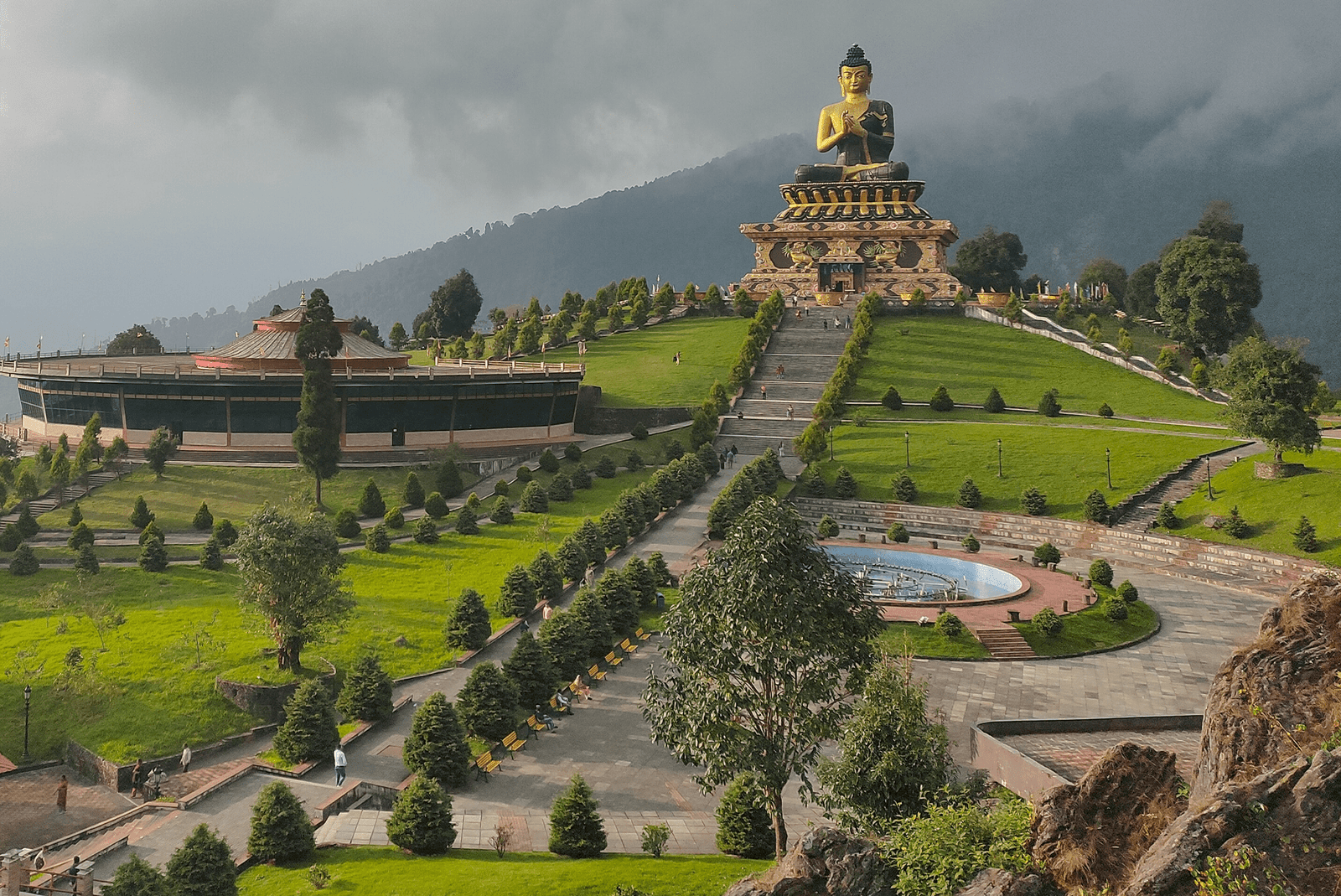12 Best Places to visit in Gangtok – Top Tourist Attractions in Gangtok
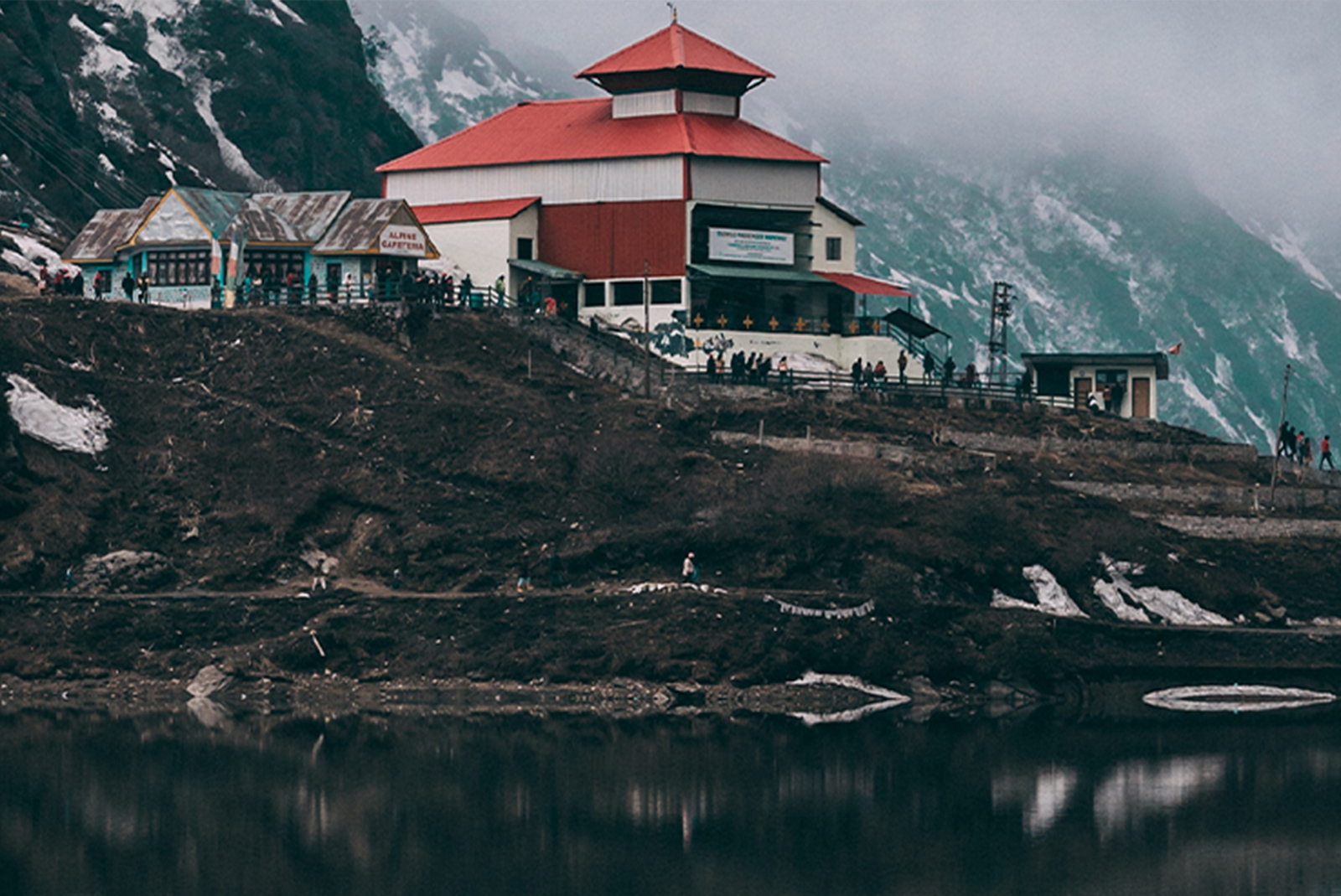
Sikkim is the Capital of Gangtok which is a charming hill station that skillfully blends natural beauty, cultural diversity and modern day energy. It is hidden away in the Eastern Himalayas. To help you make the most of your trip to Gangtok, we’ve put together a list of the must-see locations.
Gangtok promises an amazing experience with its unique combination of natural wonders and cultural treasures. Gangtok offers something for every type of traveler, be it adventure, spiritual comfort or just taking in the beauty of the Himalayas. Here we have find the 12 Best Places to visit in Gangtok to explore.
Table of Contents
1. Tsomgo Lake
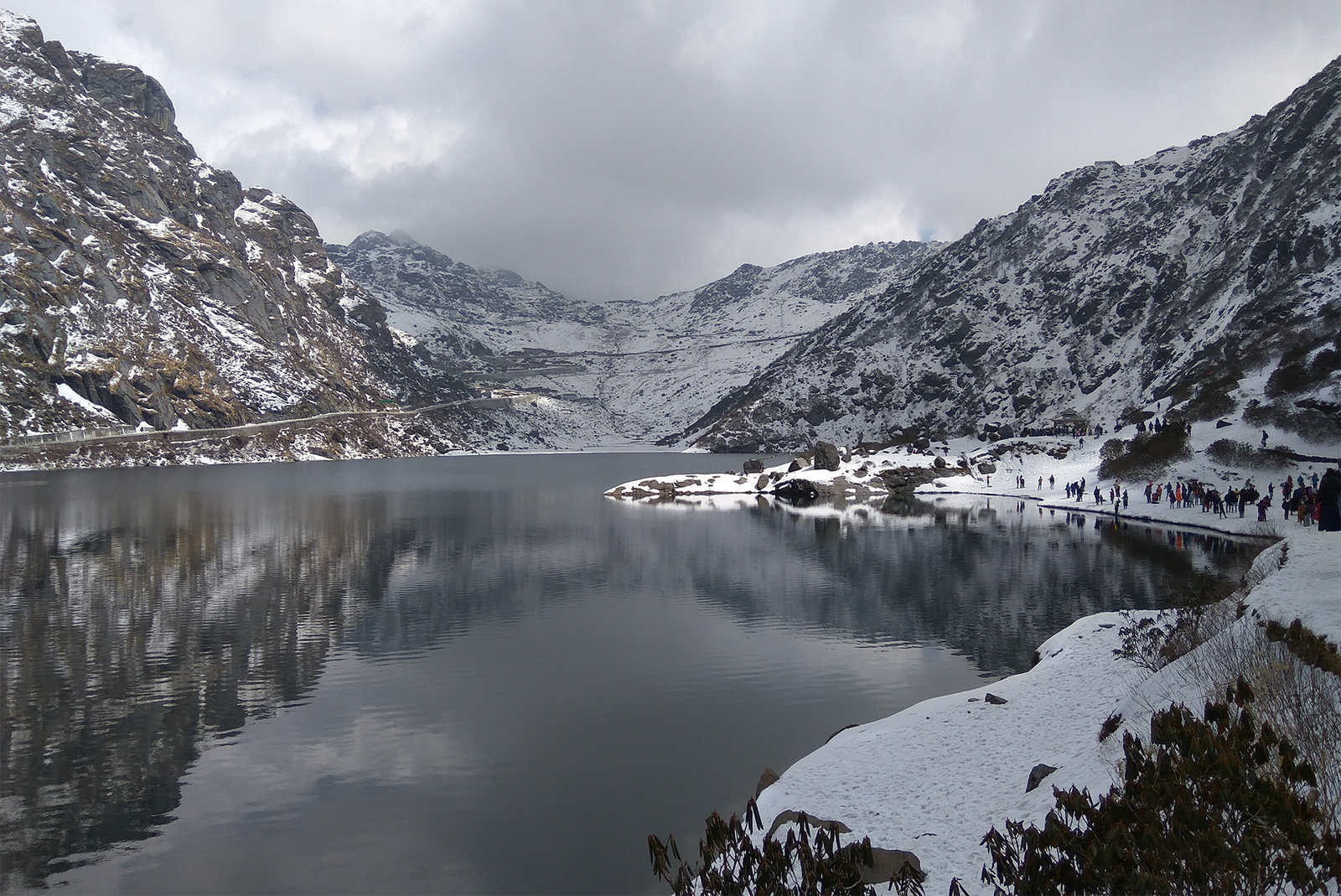
Tsomgo Lake, also called Changu Lake is a glittering gem in the northeastern Indian state of Sikkim, situated away in the foothills of the Himalayas. This glacial lake which is perched 12,313 feet above sea level, is a destination for those looking for peace in the shadow of the mountains in addition to being a magnificent natural spectacle. Come explore the magical charm of Tsomgo Lake with me on a virtual excursion, where the pristine waters reflect the majesty of the surrounding peaks.
Through each turn of the winding roads leading up to Tsomgo Lake, the air gets crisper and the surrounding landscape becomes a picture-perfect scene of snow-capped peaks. The captivating beauty that awaits at the lake is enhanced by the journey itself.
Enjoy a traditional Tsomgo experience by riding a yak around the lake and immersing yourself in the local way of life. Enjoy expansive views as you wind through the mild inclines. Remember to enjoy some local fare, such as hot momos and a cup of butter tea, to get a taste of Sikkimese hospitality.
Through its heavenly appeal and tranquil atmosphere, Tsomgo Lake beckons visitors to escape reality and enter the sublime. It’s a canvas on which nature has painted its most captivating strokes, not just a geographical wonder. So gather your sense of wonder and set out for Tsomgo Lake, the place where the sky and mountains meet.
2. MG Marg
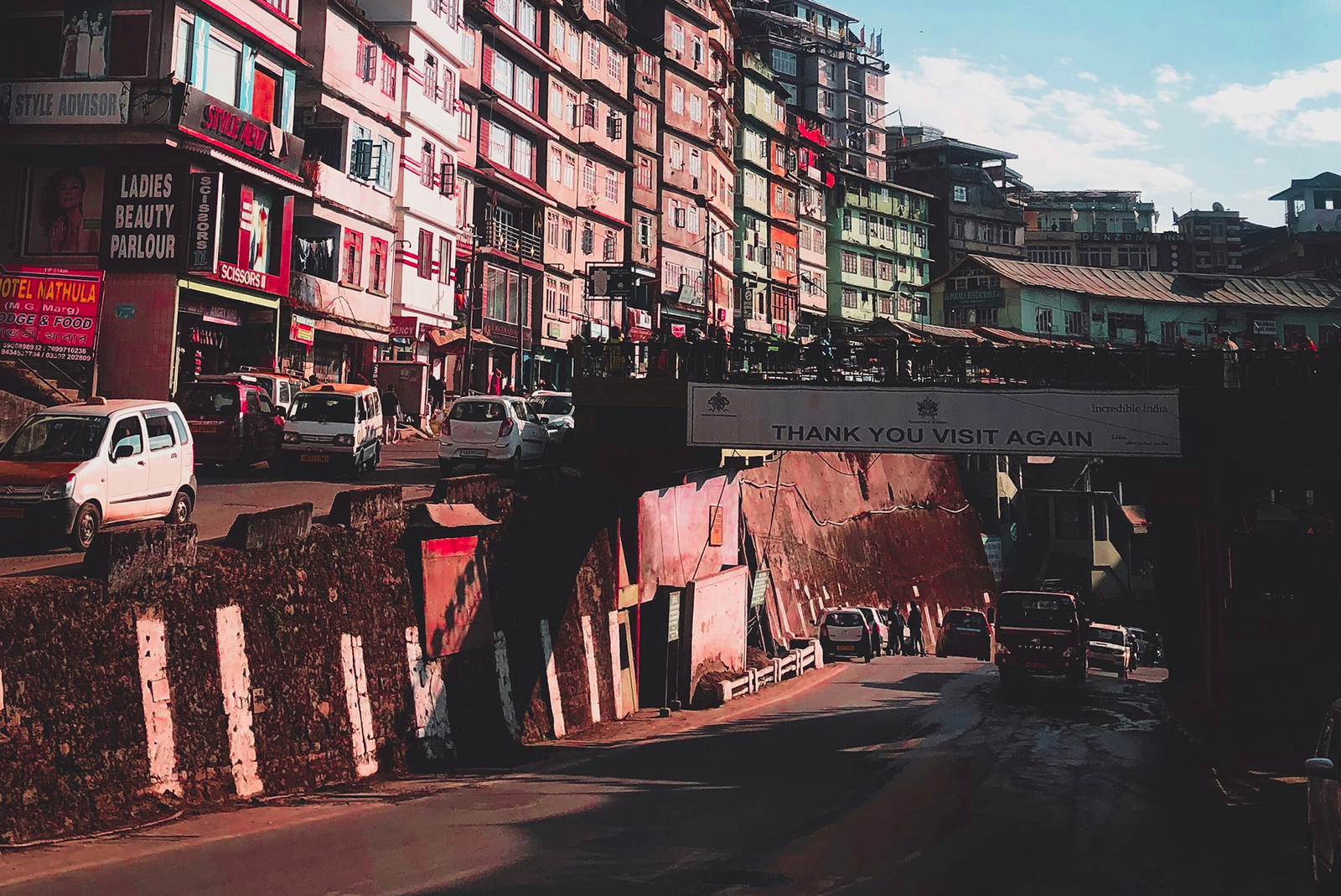
Situated out in the center of Sikkim’s capital, Gangtok, MG Marg is an example to the warmth and vitality that characterize this Himalayan sanctuary. MG Marg is more than just a pedestrian promenade; it’s a bustling hub where residents and visitors alike converge to celebrate life, culture and the attractive essence of Sikkim. Take a virtual stroll with me through the bustling streets of MG Marg, where each step is an invitation to immerse yourself in the joyful music of this ski resort.
Consider in the vibrant atmosphere of Gangtok’s main thoroughfare, MG Marg. Through its row of boutiques, cafes and stores, it’s the ideal location for a leisurely stroll. Being a pedestrian-only street, it is a great place to eat, shop and experience different cultures.
MG Marg, short for Mahatma Gandhi Marg, is a pedestrian-only zone, ensuring a leisurely and carefree ambiance. You can fully immerse yourself in every sense that the street has to offer because there isn’t any traffic.
MG Marg is more than just a street; it’s a tribute to life, a canvas adorned with the hues of modernism, tradition and Sikkim’s incredible landscape. A memorable experience in the heart of the Himalayas is what MG Marg promises, whether you’re a foodie, culture vulture or just looking for a relaxing getaway. Step into this bustling boulevard and allow MG Marg’s upbeat beat to fill you with joy.
3. Ganesh Tok
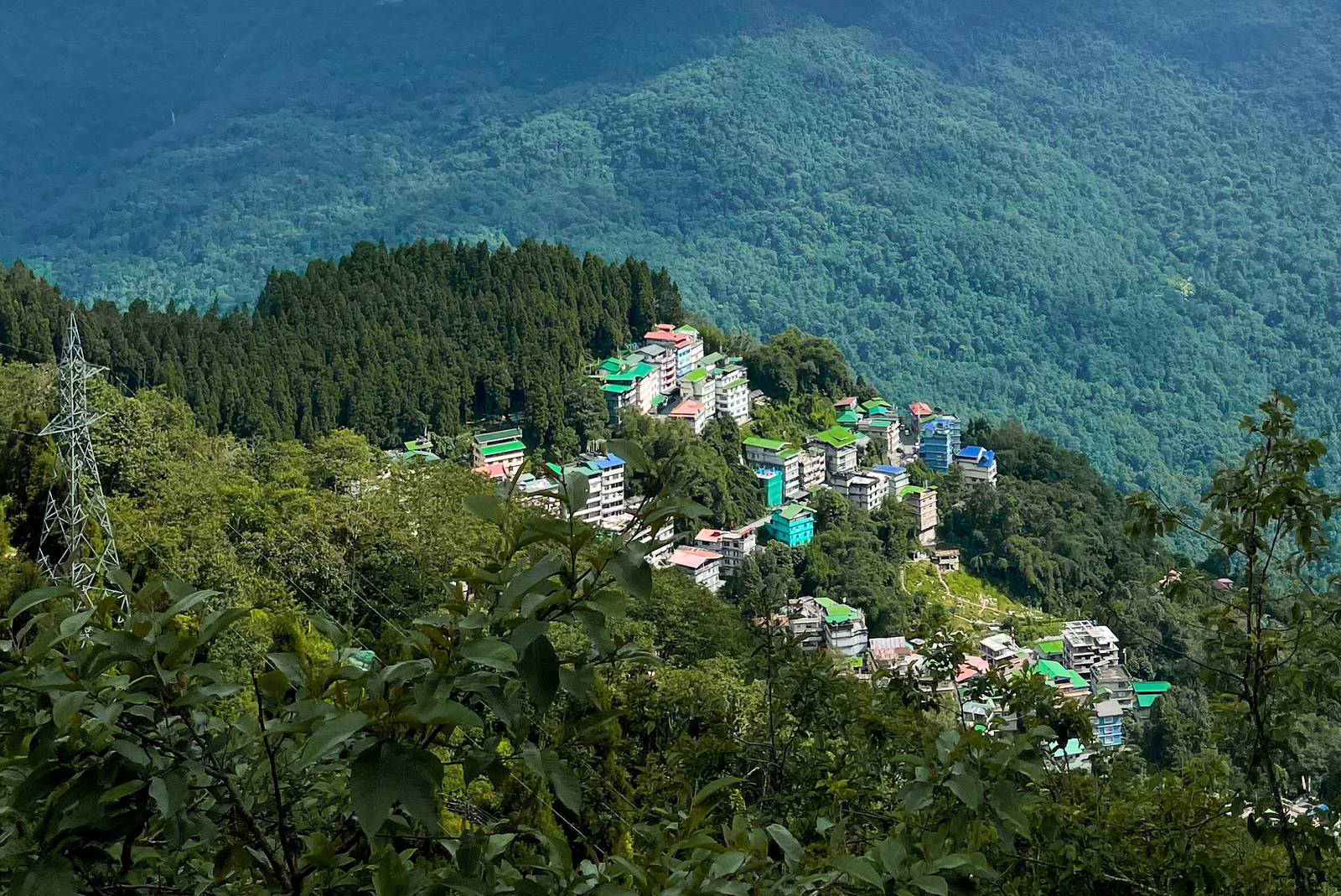
Ganesh Tok is a hidden gem in Sikkim that combines expansive views and peaceful surroundings. It is situated on a hilltop and offers stunning views of the enchanted city of Gangtok. Situated at a height of 6,500 feet, this diminutive temple honoring Lord Ganesha serves as both a place of worship and a lookout point with stunning views of the neighboring valleys and mountains.
You take a beautiful drive down winding roads that bring you to the foot of the hill in order to get to Ganesh Tok. You enter the hallowed sanctuary after a brief ascent up a set of stairs.
A small temple honoring Lord Ganesha, the Hindu god known for removing obstacles, is located above the hill. In this calm and reflective environment, devotees and guests equally seek the heavenly blessings of Lord Ganesha.
Through its heavenly charm and organic grace, Ganesh Tok invites visitors to enjoy the rich spiritual and artistic experiences it provides. It’s more than just a temple set on a hill; it’s a haven where one can find peace and observe the beauty of creation. So go up the stairs, take in the fresh mountain air and allow Ganesh Tok to work its magic on you.
4. Tashi Viewpoint
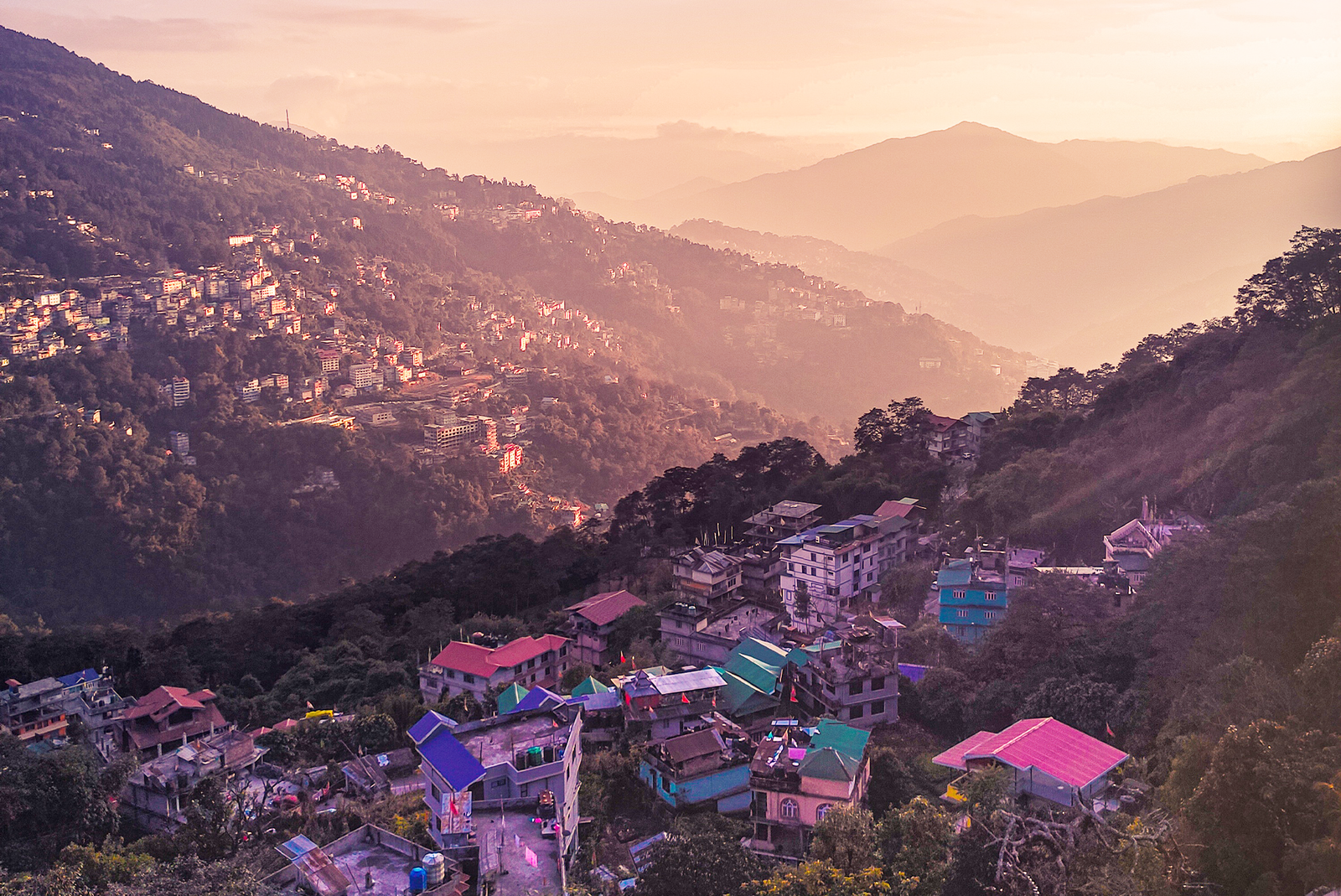
Tashi Viewpoint, which is situated on the outskirts of Gangtok, the capital city of Sikkim, is an evidence to the region’s unmatched beauty. At 6,400 feet in elevation, this picturesque viewpoint provides a captivating view of the snow-capped peaks of the Eastern Himalayas, making it a must-visit location for those looking for peace and amazing views. Come along with me as we take a virtual tour to discover Tashi Viewpoint’s calm charm and incredible views.
The best place to see the amazing majesty of Kanchenjunga, the third-highest mountain in the world, is Tashi Viewpoint. Visitors are fascinated with the spectacle of the snow-draped peaks revealed in the clear morning light.
Through the amazing Himalayas in front of you and a cool mountain breeze caressing your face, Tashi Viewpoint is more than just a place to visit; it’s an aromatic trip into the core of Sikkim’s unmatched attraction. Exhale the crisp mountain air, bask in the peace and allow Tashi Viewpoint to create a lasting memory of your trip to the Himalayas.
5. Do Drul Chorten Stupa
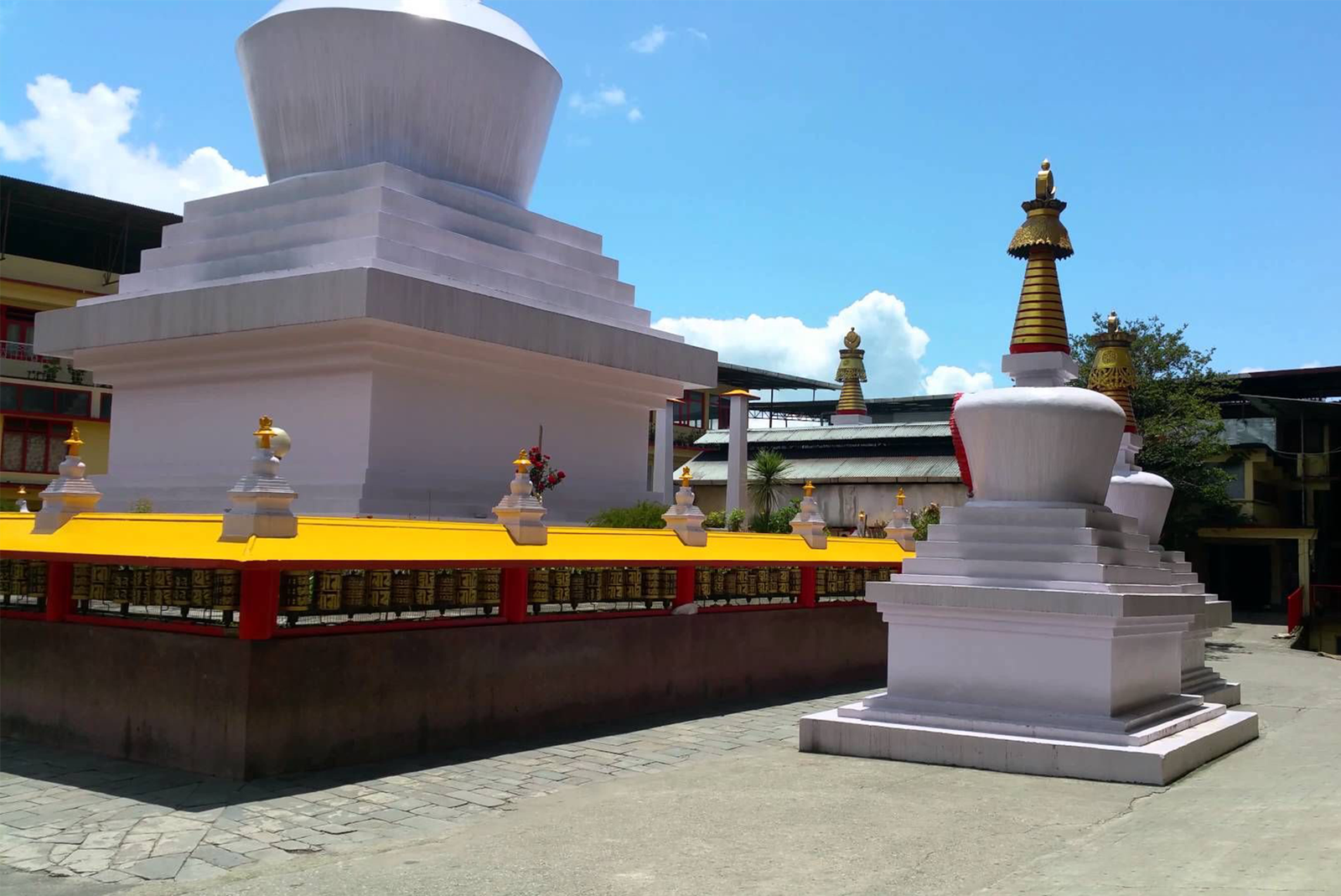
Do Drul Chorten Stupa, which lies hidden away among Gangtok, Sikkim’s beautiful hills, is a symbol of the area’s spiritual depth. Through its golden tower and white-washed facade, this revered Buddhist stupa is not only a place of worship but also a haven where devotion and peace come together. Come along on a virtual pilgrimage with me as we examine the Do Drul Chorten Stupa’s spiritual aura and cultural significance.
Do Drul Chorten is a holy mound with holy books, mantras and spiritual objects that was constructed in 1945 under the direction of the respected Trulshik Rimpoche. The word “Chorten,” which means “stupa” in translation, refers to a focal point of Buddhist rituals and a symbol of enlightenment.
Do Drul Chorten Stupa is more than just a monument; it’s a spiritual journey that invites visitors to experience Sikkim’s peaceful beauty and the core of Buddhism. May you experience peace, enlightenment and a strong bond with Gangtok’s spiritual pulse as you stroll around the stupa on the holy path.
6. Banjhakri Falls
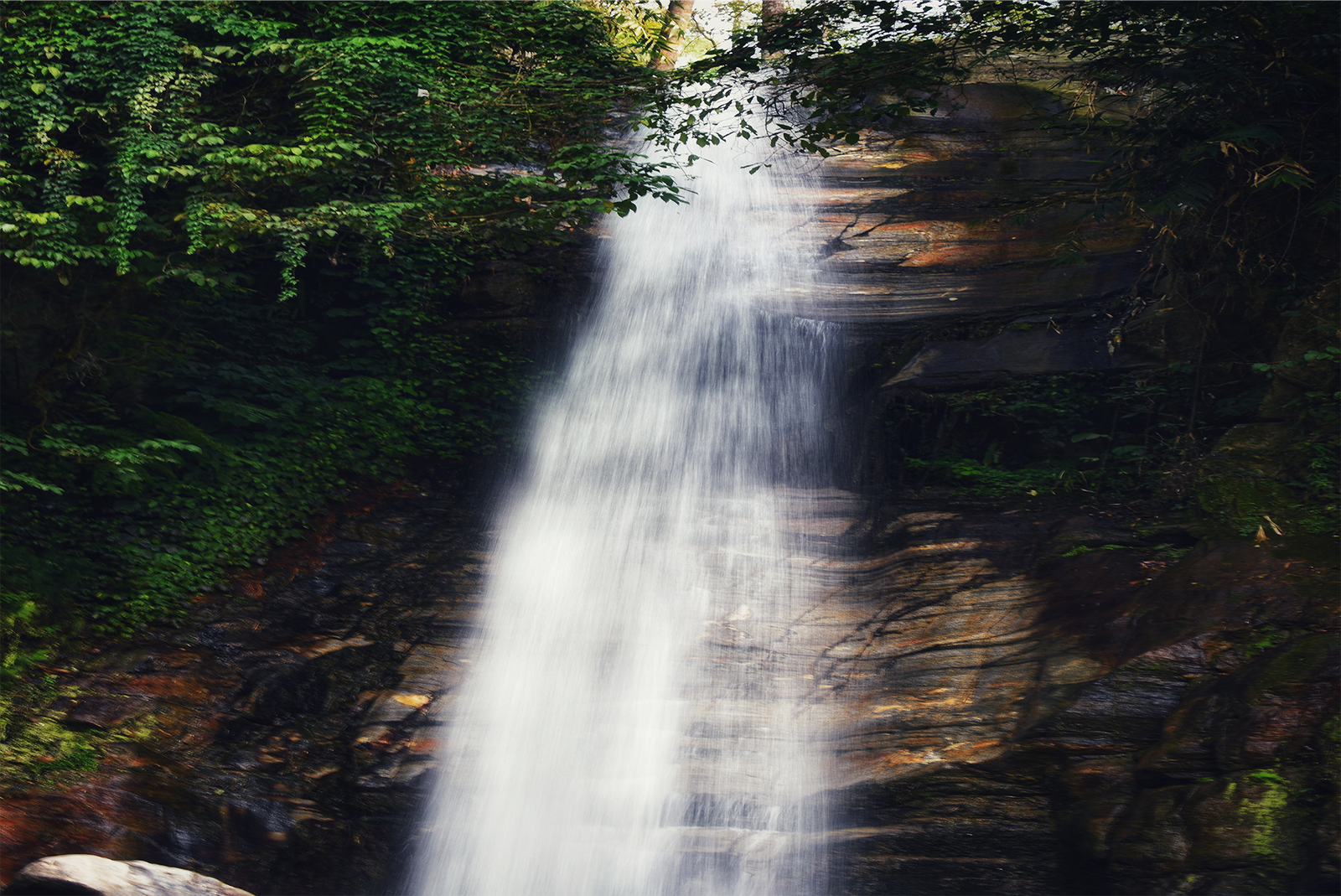
Through its peaceful developing within the Himalayas, Banjhakri Falls is a testament to Sikkim’s alluring natural beauty. This waterfall, which is hidden away in a verdant forest enclave close to Gangtok, is not only a natural wonder but also a haven where the sound of the falling water improves with the peace of the surroundings.
A treasure trove removed from the busy city life is Banjhakri Falls. The trip to the falls is an adventure in and of itself, with a trail that winds through thick forests and displays the natural beauty of Sikkim’s nature. The Banjhakri, who are revered in Sikkimese folklore as forest spirits, are the source of the falls’ name. Visitors will have an immersive experience at this location, which is more than just a waterfall—it represents local mythology. A carefully designed garden with colorful flowers, exotic plants and traditional sculptures envelops the falls. The garden is a peaceful haven where people can relax and get in touch with nature.
Banjhakri Falls’ well-kept picnic areas welcome friends and family to spend a relaxing day in the great outdoors. Together with the sound of rustling leaves and flowing water, there’s a harmonious fusion of laughter and the aroma of regional snacks. Banjhakri Falls is an invitation to fully embrace the beauty of nature rather than just a place to visit. I hope you feel the revitalizing energy and encounter the peacefulness that define this charming area of Sikkim as you stand in front of the gushing waters.
7. Enchey Monastery
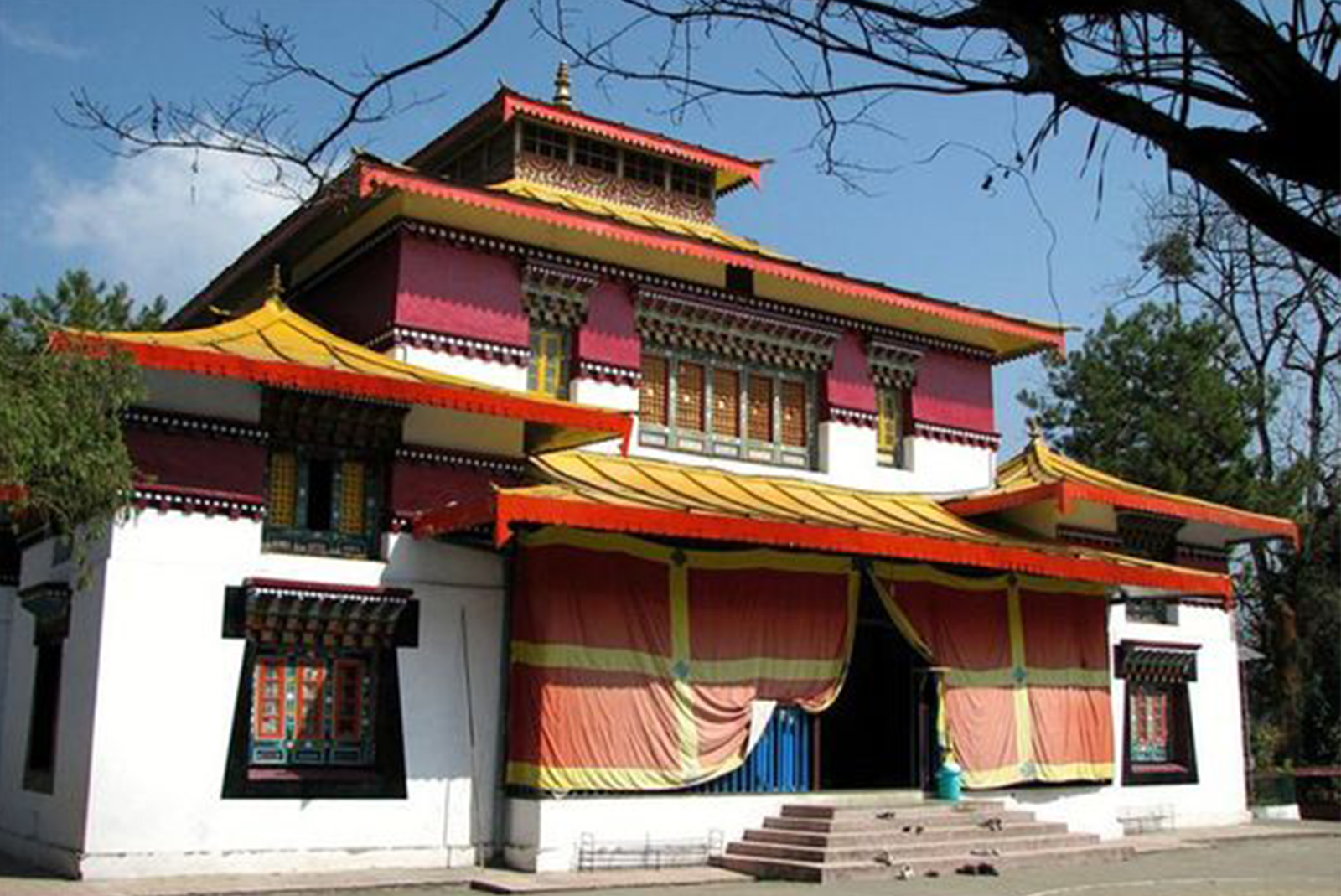
situated out in the verdant hills of Gangtok, Sikkim, Enchey Monastery is a peaceful haven where spirituality and the natural world collide. This historic monastery, set above a ridge, provides a peaceful haven from the daily grind in addition to a window into Sikkim’s religious past.
Through roots in the 19th century, Enchey Monastery creates a historical variety that depicts the development of Buddhism in Sikkim. Constructed initially as a modest hermitage, it has grown over time to become the peaceful sanctuary that it is today. Tibetan Buddhist monks of the Nyingma order reside at Enchey Monastery. The vibrant energy within the monastery’s walls is a result of the many spiritual practices that are conducted there, such as daily rituals, religious ceremonies and prayers. The vibrating prayer flags that adorn the monastery grounds and the soft glow of butter lamps add to the overall ambience. A sacred calm is created by the prayers and good vibes represented by each lamp and flag.
Enchey Monastery is more than just a place of worship; it’s a place of soul-rest, where the natural and the spiritual worlds peacefully converge. I hope you find some peace and feel the pulse of Sikkim’s spirituality as you stroll through its hallowed halls and take in the fresh mountain air.
8. Rumtek Monastery

Rumtek Monastery is an example to the rich cultural and spiritual legacy of the area, nestled in the beautiful landscape of East Sikkim’s hills. This monastery, also called the Dharma Chakra Center, is a journey into the core of Tibetan Buddhism as much as a place of worship.
The Kagyu lineage’s seat, Rumtek Monastery, was established in the twelfth century. However, the 16th Karmapa erected the current building in the middle of the 20th century. The monastery’s architecture and history combine to create a singular combination of historical significance and modern roots. The Rumtek Monastery is a colony of spiritual activity. Monks participate in daily rituals, prayers and meditations while wearing robes of saffron and maroon. Visitors are transported to a peaceful realm by the chants that are rhythmic and the aroma of incense. One of the highlights of Rumtek Monastery is the Kagyu Monlam, an annual prayer festival. Together, devotees and monks perform various rituals and offer prayers for world peace. There is a strong spiritual vibe to the festival, which gives attendees a one-of-a-kind and rewarding experience.
Rumtek Monastery is a spiritual haven that exists outside of time and culture; it is more than just a place of worship. I hope you experience some inner peace and feel a connection to Rumtek’s timeless wisdom as you enter its hallowed grounds and take in the fresh mountain air.
9. Nathula Pass

Nathula Pass, a mountainous gateway connecting India and Tibet, is not just a geographical landmark; it’s a passage into the heart of the Himalayas, where every twist and turn tells a tale of adventure, history, and breathtaking beauty.
Nathula Pass, which rises to 14,140 feet, is a viewpoint that reveals the splendor of the Eastern Himalayas. Visitors are in delight at the magnificence of nature as they gaze upon the towering snow-capped peaks that create a majestic backdrop. Nathula played a pivotal role as a corridor along the historic Silk Route, supporting trade and cultural interactions between Tibet and India. Today, with ruins of former trade posts and a feeling of common history, it serves as a reminder of the historical links that unite the two areas.
Traveling to Nathula is an experience in and of itself. The narrow roads, hemmed in by powder-soft snow, provide an adrenaline ride that keeps your heart racing and your camera clicking in addition to being a physical ascent. As the border between China and India is crossed at Nathula Pass, visitors can observe the ceremonial meeting point where friendly exchanges between Indian and Chinese soldiers take place. It’s an unusual encounter that gives your mountainous adventure a dash of diplomacy.
The Baba Harbhajan Singh Temple is a spiritual safe haven set amidst the hostile terrain, honoring a valiant Indian soldier who met his end close to Nathula. The temple is a revered location that draws both residents and visitors looking for comfort and blessings.
The journey to Nathula Pass is more than just a destination; it’s a trip to the world’s rooftop, where the experiences are rich and the air is thin. I hope you feel the pulse of the mountains and take a little bit of Nathula’s magic with you as you stand at the pass, encircled by the magnificent Himalayas.
10. Hanuman Tok

Hanuman Tok is a quiet example of spirituality and devotion. In addition to offering expansive views of the surrounding countryside, this hilltop temple honoring Lord Hanuman also offers a peaceful haven for those looking for inner peace.
Hanuman Tok, perched at 7,200 feet, offers a special vantage point to see the magnificent Himalayan range. A divine peace is created by the fresh mountain air and the soft sound of prayer bells as you ascend the stairs that lead to the temple. The temple is more than just a building; spiritual vibrations are resonating within it. The silence often provides comfort to devotees and guests, giving them a chance to reflect and establish a spiritual connection.
Hanuman Tok is visited by devotees who come to pray and ask for Lord Hanuman’s blessings. An entrancing atmosphere is created by the chanting of prayers and the ringing of bells, which heightens the spiritual experience. On Hanuman Jayanti, the day commemorating Lord Hanuman’s birthday, the temple comes to life. Extensive festivities that include prayer meetings, processions and bhajans (devotional songs) draw visitors and residents equally and infuse the air with joyful devotion.
Hanumân Tok is a sanctuary where spirituality and incredible natural splendor coexist, not just a temple. This hilltop residence of Lord Hanuman provides everything one could want, be it a spiritual retreat, a vantage point for amazing views, or a cultural experience. May the heart of Sikkim bring you inspiration and serenity as you stand in the divine presence.
11. Himalayan Zoological Park
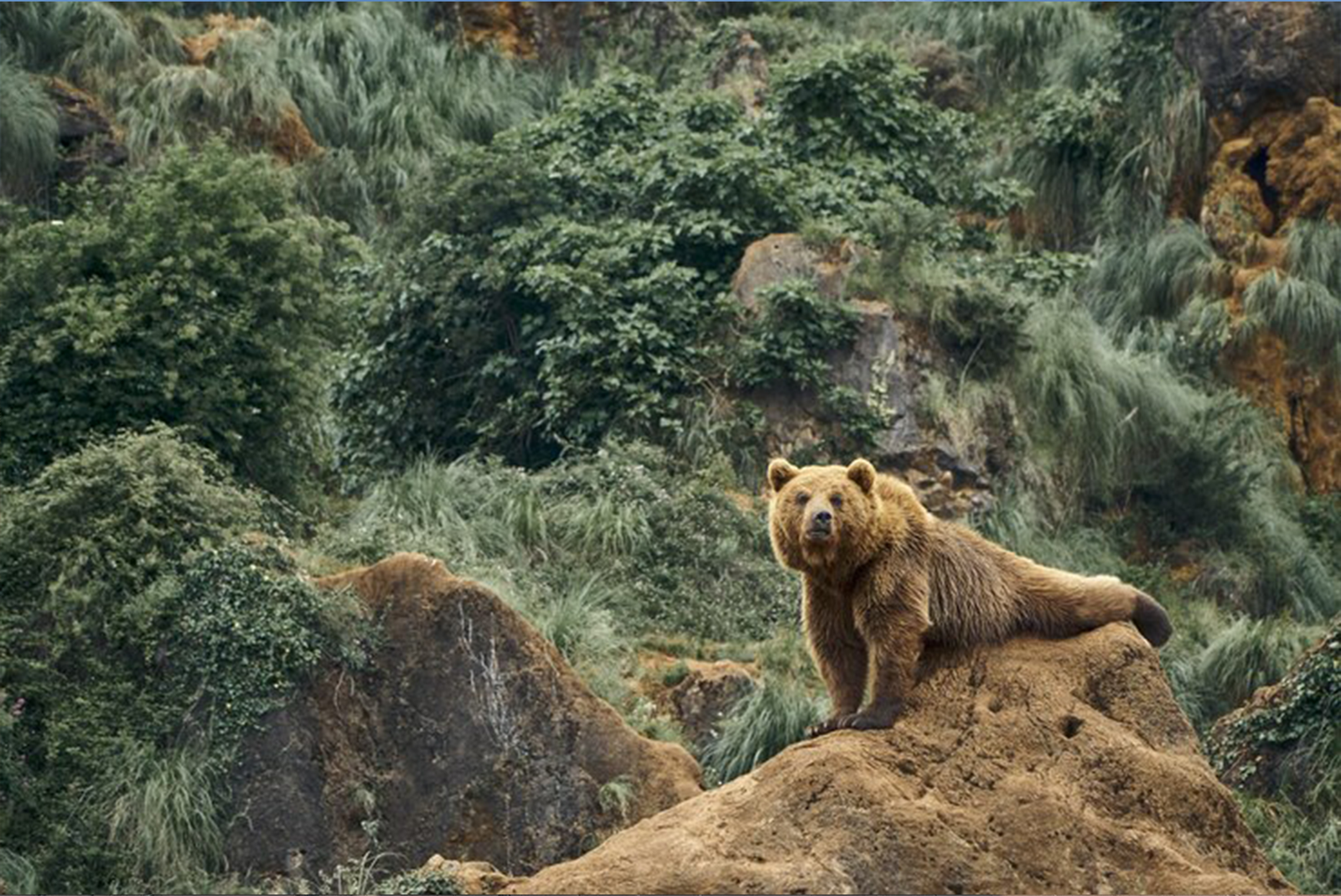
Himalayan Zoological Park is a biodiversity sanctuary that provides visitors with an immersive experience, rather than just a peek into the fascinating world of Himalayan wildlife.
The Eastern Himalayas are accessible through the Himalayan Zoological Park, which also highlights the rich diversity of this outstanding mountains ecosystem. Numerous native species can be found in the park, which spans acres of lush vegetation. The park’s dedication to the preservation of uncommon and endangered species is one of its main draws. A range of pheasants, the majestic Red Panda, the Himalayan Tahr and the Snow Leopard can all be seen by visitors, living in an environment that is quite similar to their natural habitat.
The Himalayan Zoological Park is proud of its realistic enclosures, in contrast to conventional zoos. These roomy habitats provide animals the freedom to move around, encouraging natural behaviors and giving guests a genuine wildlife experience. The Himalayan Aviary, a refuge for a variety of Himalayan birds, will delight bird enthusiasts. The skies are adorned with colorful pheasants, vivid monal birds and elusive eagles, adding a symphony of chirps to the overall natural ambience.
A trip to the Himalayan Zoological Park is a pilgrimage into the heart of the Himalayan wilderness, not merely a stroll through carefully manicured landscapes. The park provides a haven where both human coexistence and wildlife conservation can coexist peacefully, serving as an evidence to the delicate balance between the two. May you be inspired and come to appreciate the treasures of the Eastern Himalayas as you stroll through this living tapestry of nature.
12. Kanchenjunga

Kanchenjunga is king of the Eastern Himalayas, where the air is thin and the mountains are like silent guards to old stories. Reaching a height of 3,048 feet, this magnificent mountain not only pierces the sky but also inspires awe and reverence in those who are lucky enough to witness its grandeur.
Kanchenjunga, often referred to as the “Five Treasures of Snow,” is a colossal massif straddling the border between Nepal and the Indian state of Sikkim. Each of its five unique peaks, which resemble jeweled crowns, is a monument to the unadulterated might of nature. Beyond being a geological marvel, the local communities attach great spiritual significance to Kanchenjunga. The stories of the mountain’s strength are deeply rooted in the cultures of Sikkim and the neighboring areas, where it is regarded as a guardian god.
Trekkers and adventure seekers are drawn to Kanchenjunga because of the thrilling trekking routes that lead to the mountain’s base camp. In addition to being a physical challenge, the trip is a pilgrimage through charming villages, mountain fields and rhododendron forests that provide an insight into the traditional way of life in the Himalayas. situated at an impressive altitude, the Kanchenjunga Base Camp offers an unmatched view of the peaks. The play of colors on the snow as the first rays of dawn touch the icy summits creates a spectacle that establishes itself in the memories of those who are lucky enough to see it.
In addition to being a geographical feature, Kanchenjunga represents the unwavering spirit of the Himalayas. Its ambitious peaks call us to investigate, ponder and appreciate the deep beauty that the natural world has to offer. May the grandeur of one of the most incredible natural wonders of the world inspire you as you gaze upon Kanchenjunga.


